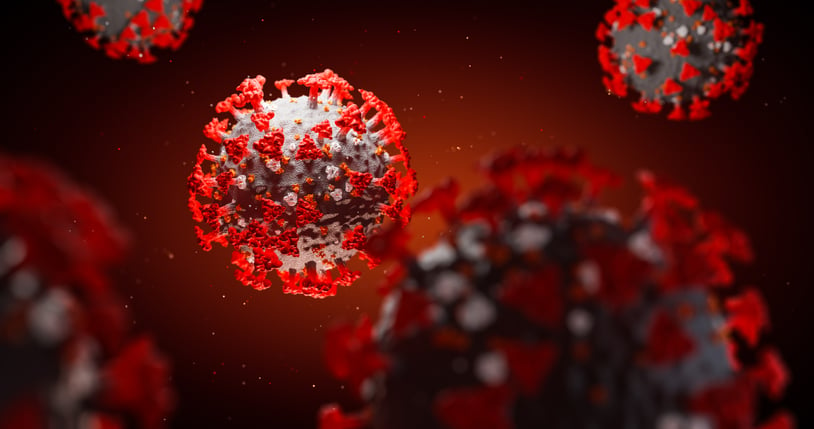
COVID-19, the novel coronavirus with apparent origins in Wuhan, China, has overtaken the world of emergency medicine. It’s so new that doctors can’t confidently assert much about it, except that it is highly contagious and potentially lethal. Its specific lethality, however, remains hotly contested—and difficult to prove, given low testing rates and the relatively high prevalence of asymptomatic carriers. You probably already know the basics. Here are five things you must understand to protect yourself and the people you serve.
Infection Prevention Is Key
There is no treatment for COVID-19, and some early purported treatments have caused more harm than good. A vaccine is at least a year away. And the public is already growing weary of social distancing. Now is the time to tighten your infection measures, including common sense interventions such as:
- Aggressive handwashing: Wash your hands before and after touching patients, eating, using the bathroom, touching a piece of equipment, switching equipment, or touching anything that might expose you to infection.
- Using face coverings: Guidelines on masks are ever-changing, and it is clear that N95 masks are the most effective measure. When these are unavailable, any face covering is superior to no covering at all, though these coverings will not fully prevent transmission.
- Reducing reliance on certain procedures: Breathing treatments that are likely to produce aerosolized particles can spread the infection.
- Being mindful of asymptomatic transmission: A person does not have to have symptoms to transmit the disease. Even more alarming, some people with COVID-19 have tested negative, and so even a negative test offers little reassurance.
Declining Infection Rates Might Not Mean Much
We’ve all heard about the need to flatten the curve. And though some areas are indeed seeing flattening curves, this means little. When people remain inside, it is inevitable that the rate of spread will decline. This can create a false sense of security that causes people to return to their lives. And that’s when the spread can increase dramatically. The Spanish Flu of 1918 saw a huge second wave when people returned to public life too early. The lesson here for medical providers is clear: You must continue taking precautions even if the curve appears to be flattening. This flat line is likely temporary. The only thing that will save us is a vaccine or an effective cure.
Hypoxia Is Often Stealth
Doctors are increasingly sounding alarms about stealth hypoxia in coronavirus patients. When this happens, a patient may have few symptoms, but become steadily more hypoxic over days or weeks. You cannot rely solely on a patient’s clinical presentation. Assess for hypoxia and be prepared to provide treatment even in patients who seem only mildly ill.
You Can’t Decide Who Gets Treatment
At first blush, it might make sense to prioritize younger, healthier people—or pregnant women, or people with young children. In the early days of the pandemic, many hospitals published specific guidelines for determining who gets care in an overtaxed health system. The federal government quickly shot back with a warning that this may be illegal—especially when it relies on disability status to assess who is prioritized. When resources are limited, you must treat as many people as possible, usually according to conventional triage standards. Ask if your agency has a specific policy you should follow, and never rely solely on your own judgments.
COVID-19 Patients Can Crash Quickly
The literature on COVID-19 is littered with stories of patients who seemed mildly ill, only to crash seven or eight days into the illness. In other cases, patients went to the hospital, seemed to recover, and then ended up on a ventilator just a few days later. The course of the disease is unpredictable. No one yet knows why it seems to affect some young and healthy people, but not most. There is no way to assess how severe the disease will be, though emerging evidence suggests a higher viral load may predict a more severe disease course. For now, though, we cannot be sure of anything except that everyone is potentially vulnerable.
Be prepared to promptly intervene, no matter how healthy a patient seems. Portable emergency suction can help you clear the airway of a patient in respiratory distress, whether you encounter them at their home, in a hospital waiting room, or in the hospital parking lot. For help determining which device is best for this crisis, download our free guide, The Ultimate Guide to Purchasing a Portable Emergency Suction Device.













